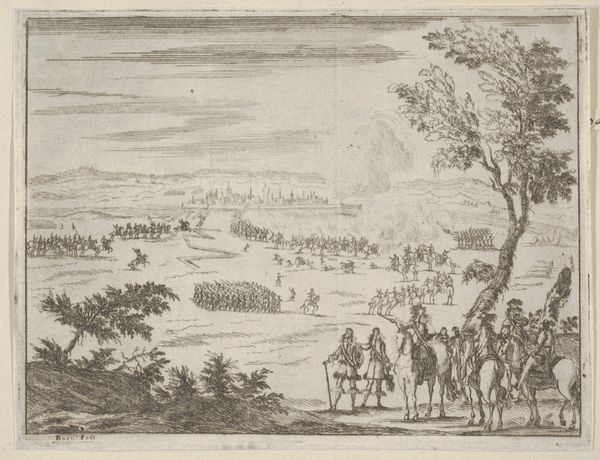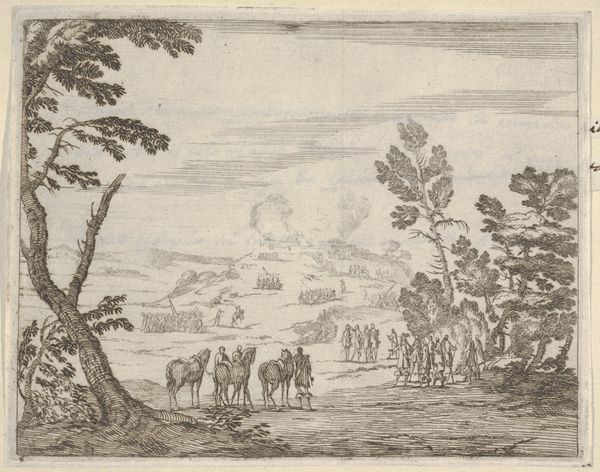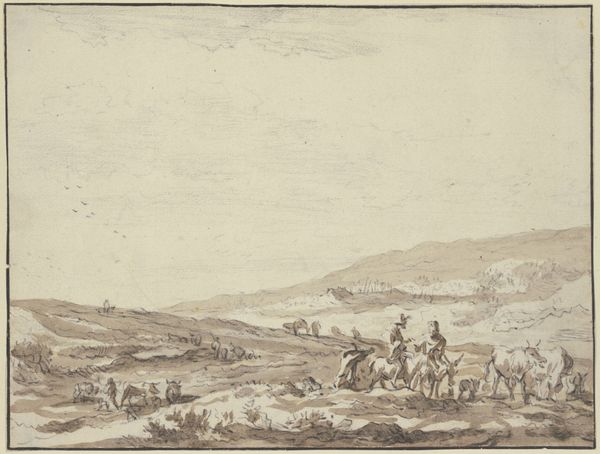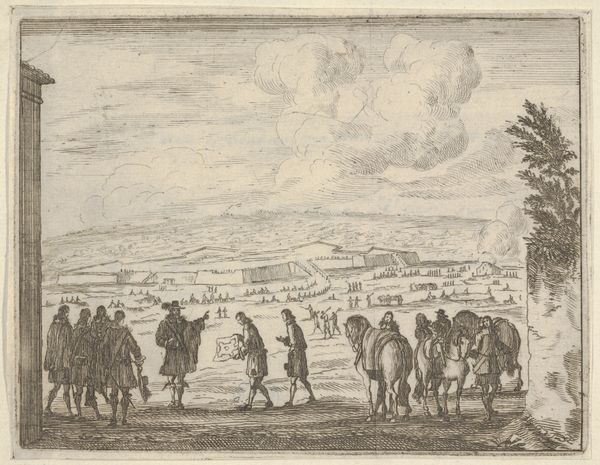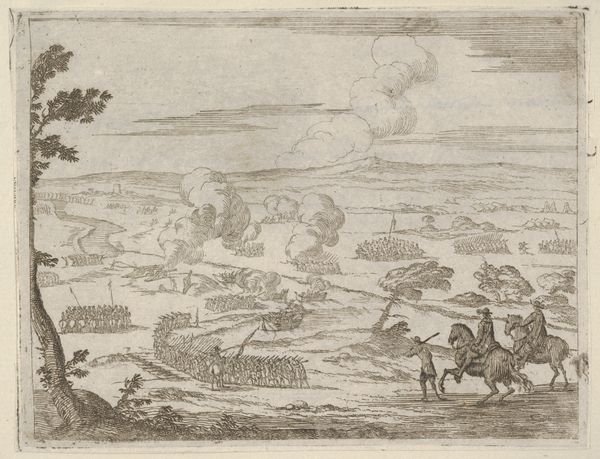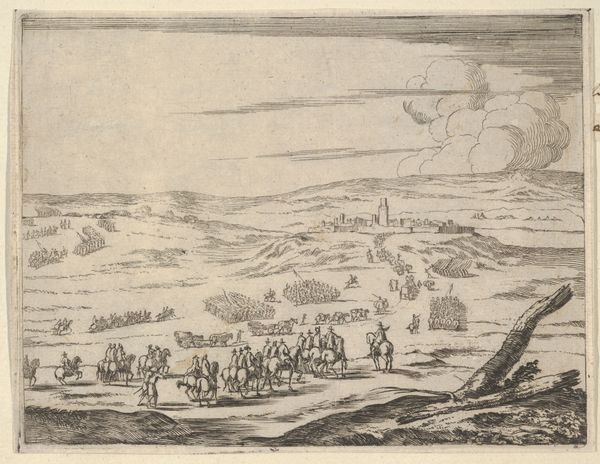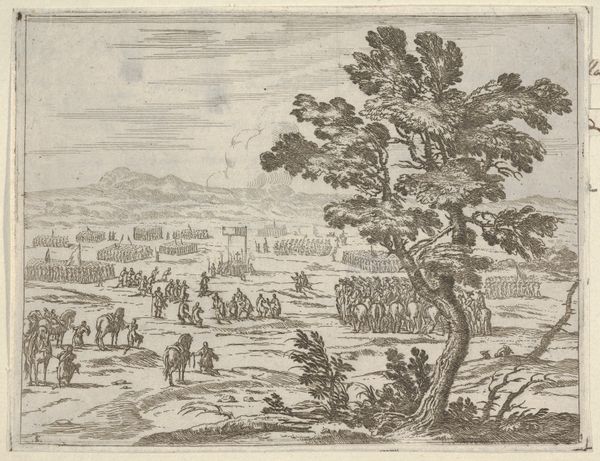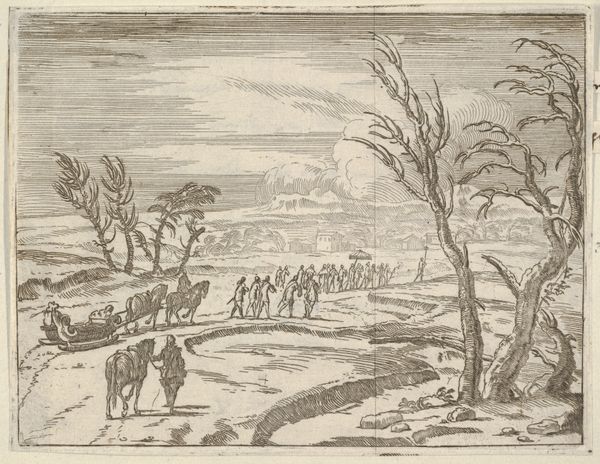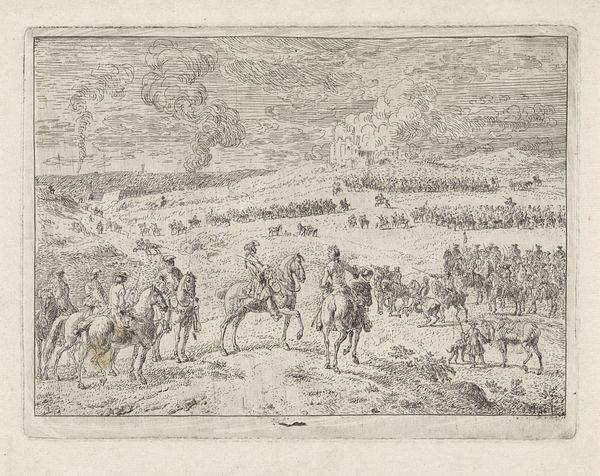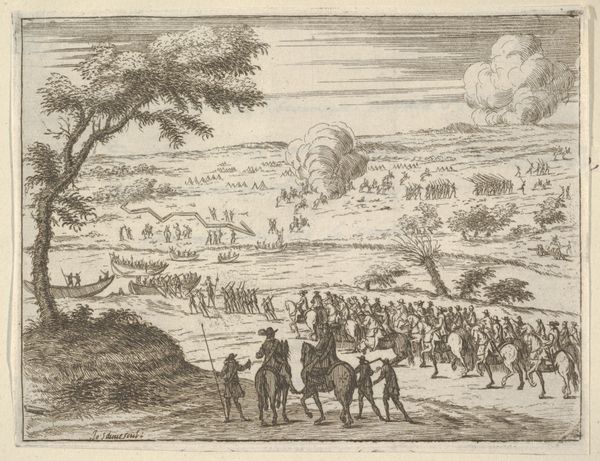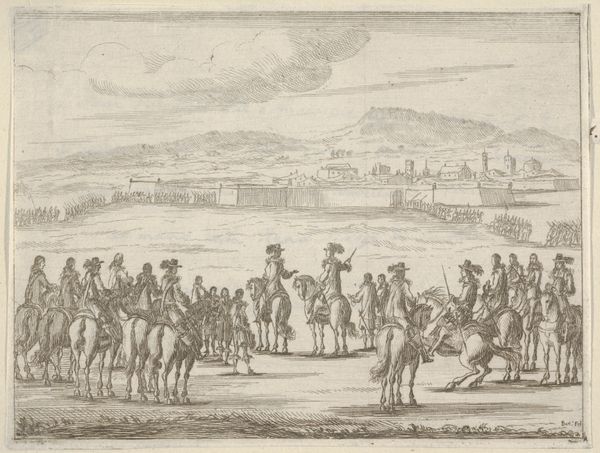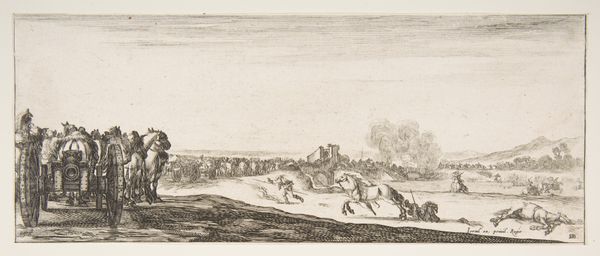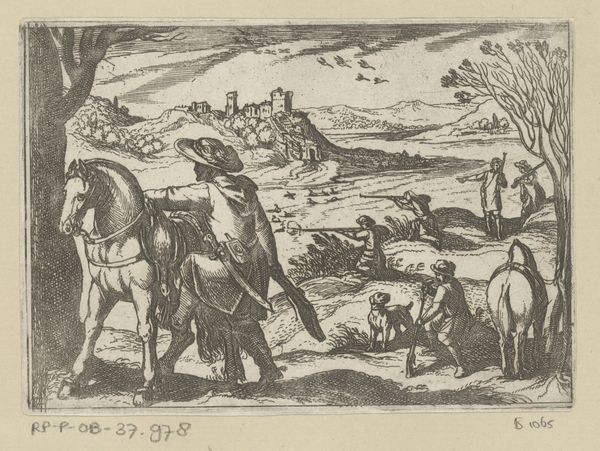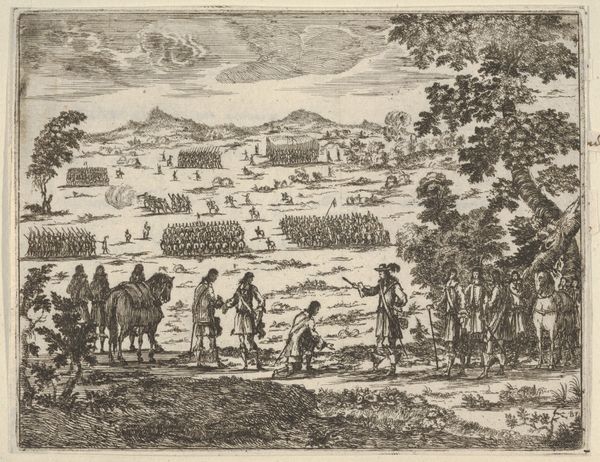![Francesco I d'Este, Suffering the Pain of his Injuries, Continues to Take Charge for the Successful Completion of the Military Campaign, from L'Idea di un Principe ed Eroe Cristiano in Francesco I d'Este, di Modena e Reggio Duca VIII [...] by Bartolomeo Fenice (Fénis)](/_next/image?url=https%3A%2F%2Fd2w8kbdekdi1gv.cloudfront.net%2FeyJidWNrZXQiOiAiYXJ0ZXJhLWltYWdlcy1idWNrZXQiLCAia2V5IjogImFydHdvcmtzLzEzZWRiMWUxLTBjMGYtNGVhYS1iNmI3LTYyMWJlMTc5M2EyYy8xM2VkYjFlMS0wYzBmLTRlYWEtYjZiNy02MjFiZTE3OTNhMmNfZnVsbC5qcGciLCAiZWRpdHMiOiB7InJlc2l6ZSI6IHsid2lkdGgiOiAxOTIwLCAiaGVpZ2h0IjogMTkyMCwgImZpdCI6ICJpbnNpZGUifX19&w=3840&q=75)
Francesco I d'Este, Suffering the Pain of his Injuries, Continues to Take Charge for the Successful Completion of the Military Campaign, from L'Idea di un Principe ed Eroe Cristiano in Francesco I d'Este, di Modena e Reggio Duca VIII [...] 1659
0:00
0:00
drawing, print, engraving
#
drawing
#
baroque
# print
#
landscape
#
soldier
#
horse
#
genre-painting
#
history-painting
#
engraving
Dimensions: Sheet: 4 13/16 × 6 5/16 in. (12.3 × 16.1 cm)
Copyright: Public Domain
Curator: It's remarkable how Fenice captured the drama of the battlefield in this engraving, “Francesco I d'Este, Suffering the Pain of his Injuries, Continues to Take Charge for the Successful Completion of the Military Campaign." Created in 1659, this piece is a testament to Baroque artistry. Editor: My initial impression is one of immense scale, countered by the delicate precision of the engraving technique. The contrast between the chaos of the battle in the distance and the almost serene group of figures in the foreground is quite striking. Curator: The material choices themselves—the copper plate, the incising tools, the very act of printing—speak to the burgeoning print culture of the 17th century, a means of disseminating power and propaganda. This wasn't just art, but a carefully crafted image for public consumption. Editor: Agreed. Structurally, notice how Fenice employs a visual hierarchy. The wounded Duke commands our attention, both through placement and the dynamism of his gesture. It serves to reinforce his role as a steadfast leader despite the carnage surrounding him. Curator: Absolutely. And if we consider the social context, the patronage of the Este family, their desire for glorification… It all points to a sophisticated understanding of image-making as a political tool. Even the paper itself signifies wealth and status, further enhancing the perceived prestige. Editor: The composition steers our reading from left to right and back. A progression unfolds before our eyes that creates a narrative. This speaks to semiotics: consider the horse as a symbol of power, of noble bearing and as the carrier for nobility that it had often served. The bare tree in contrast, denotes damage and hardship of sorts. Curator: The level of labor invested into such complex works is noteworthy; engravers were highly skilled artisans navigating a complex production process from start to finish in creating such propagandistic displays of power, which underscores art’s value in those social hierarchies. Editor: Looking more closely, notice Fenice’s masterful use of line and tone, creating atmospheric perspective. I am impressed by the level of textural and mimetic effect that manages to co-exist, enhancing the drama of this sweeping landscape. Curator: It is a compelling view when one considers the artistic practice and materiality in light of its context of patronage during that period of Este power building and how images are created in ways that both bolster and justify systems and hierarchies Editor: I think that your analysis enhances my view as it provides a powerful and comprehensive illustration that elevates beyond superficial appearances and encourages in-depth understanding of its role.
Comments
No comments
Be the first to comment and join the conversation on the ultimate creative platform.
